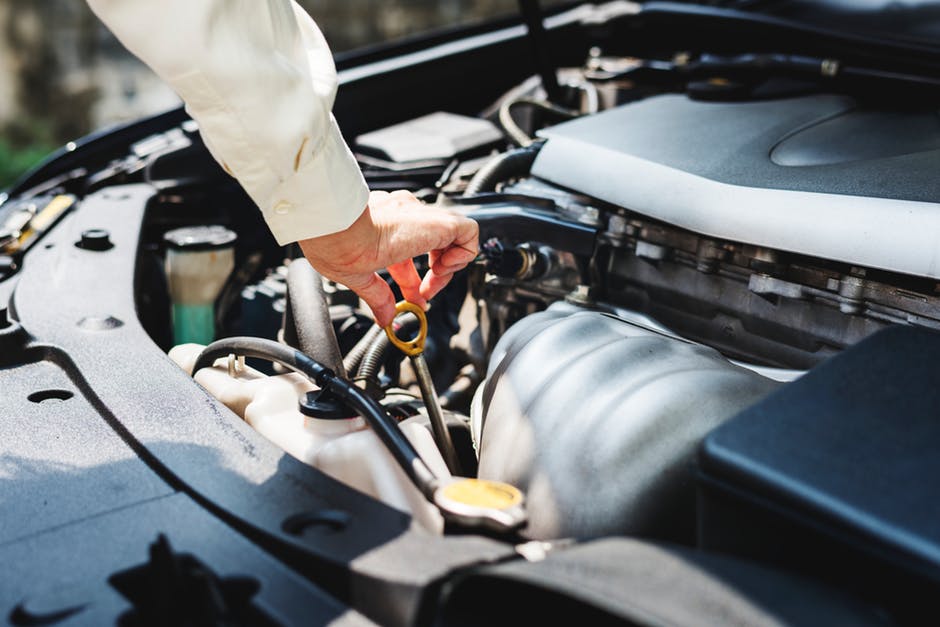
Want to know the best way to save money on your car?
Learn how to do car repairs yourself. That’s right–all by yourself!
It’s all too easy to throw away your hard earned money just because you’ve never taken the time to learn about your car. We don’t blame you. Cars can be intimidating, especially when they start making strange noises or when they break down.
The truth is, most car problems can be solved by keeping up with routine maintenance. But, routine maintenance is also where mechanics have an opportunity to squeeze extra cash out of you. For them, it’s easy work for an extra few hundred dollars—that you could be spending on something else!
Read on for the 10 common car repairs that you can absolutely do yourself.
Easy Car Repair 101
You shouldn’t have to overpay for a mechanic to perform services that you can do right in your own garage. You also don’t have to be a professional mechanic to do these common DIY car repairs. You just have to be set up with the right tools and willing to get a little dirty.
The basic set of tools you’ll need are:
- Adjustable wrench
- Ratchet set
- Gear wrenches
- Torque wrench
- Pliers
- Flathead screwdriver
- Philips head screwdriver
- Jack and stands
Certain jobs will require different tools, so it’s important to begin each project with a thorough understanding of what you’ll need. (Trust us—you don’t want to find out that you’re missing tools halfway through a project!).
Once you have the right tools and knowledge, you’ll be ready to perform the following car repairs.
1. Oil Change
A typical oil change can cost upwards of $100 depending on the type of oil. A DIY oil change should only cost the amount of the oil, oil filter, and any tools you don’t have.
All you have to do is let your engine cool and then drain the oil into the oil pain. Once it’s drained, you can screw the drain plug back in. (Make sure it’s wiped clean of any old oil first).
Next, you’ll want to unscrew the oil filter with an oil filter wrench. Before replacing it with the new oil filter, you’ll want to lubricate it with some new oil. When you screw it in, you’ll want to hand-tighten it only.
Lastly, pour the new oil into the engine using a funnel. Your driver’s manual should tell you how many quarts of oil your car takes. Check your dipstick at least twice to be sure you’ve added the right amount.
You recycle your old oil at most gas stations and auto shops. Never dump it down the drain!
2. Brake Pads
This car repair sounds difficult but it’s really not. Mechanics want you to think so because they can charge you about $250 a pop. But a set of new brake pads will only run you up to about $40 or so.
For this project, you’ll want to loosen up your lugs nuts and then jack up your car. once your car is on jack stands, you can finish removing your wheel(s).
Next, you’ll have to remove the brake calipers by unscrewing the bolts that hold them on. The old brake pads should slide out through the top. This may take a little muscle or a hammer, just be careful not to disturb the brake lines.
Once you put on the new brake pads, you have to compress the brake piston and reinstall the calipers. It’s much easier than it sounds—you can see here for yourself!
3. Radiator Flush
If you don’t maintain your car’s cooling system properly, it can cause a domino effect of parts going bad—including your engine!
For this, you’ll need a radiator flush solution, new coolant (preferably concentrated that you will dilute yourself with distilled water). You also need to locate your radiator drain plug.
Follow the directions on the radiator flush solution. Then, drain the old coolant and solution into a bucket. Put the drain plug back in place and remove the radiator cap. Add your new 50/50 mix to the radiator.
Be sure to dispose of the old coolant properly, because it is toxic!
4. Air Filter
This is another $20 job that mechanics love to mark up to the three digits.
The change air filter procedure is only a matter of popping off a few clips or unscrewing a few screws on the air filter box and simply swapping out the old for the new.
5. Battery Replacement
Another no-brainer:
Just make sure the negative terminal is the first cable you remove and the LAST cable you replace. Other than that you just need some basic wrenches and the new battery.
6. Spark Plugs
This service can cost you up to $300 at an auto shop. At home, it’ll cost you $15-$30 and about 20 minutes of your time.
You’ll need a spark plug socket wrench for this. Your spark plugs are arranged in a certain order, and you have to maintain that order when replacing them. Do not remove them all at once!
7. Drive-Belt Replacement
Another DIY car repair that cuts your costs in half.
There should be a belt routing diagram in your owner’s manual or under the hood of your car.
You’ll need a socket wrench to loosen the self-adjusting tensioner, just enough. Remove the old belt and replace it with the new belt lining up the ribs with the pulley grooves. Tighten the tensioner and you’re done!
8. Plug a Flat Tire
You should have a tire plug kit in your car at all times. They cost $12 at the most and only take a little muscle to use.
9. Headlight or Taillight Replacement
Another easy DIY car repair that will save you $100 or more.
Depending on the type of car you have, you may or may not need a screwdriver. Either way, you’ll have to remove the wiring harness and unscrew or unclip the old bulb.
Just be careful, high voltage is no joke!
10. Windshield Wiper Replacement
Going to the dealership or mechanic to replace your windshield wipers is an immense waste of time and money.
In most cases, it’s a slide-out, slide-in job. You just need to make sure you get the right size. This is probably one of the most common DIY car repairs, and it doesn’t hurt that the directions are usually right on the packaging.
Time to Get Your Hands Dirty
There’s nothing to be afraid of except losing money on a simple car repair that you could have done yourself. It’s very easy for mechanics to find “issues” with your car or talk you into unnecessary services.
Avoid wasted time and money by learning about your car and taking care of it yourself.




